Chả Lụa: Basic Information
Pronunciation
Northern style: zaw loo-uh
Alternative Name(s)
Dish Type
Course
Mealtime
Popular Chả Lụa Variations
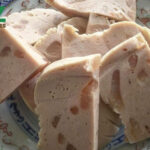
Chả Bì
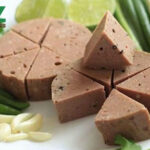
Chả Bò
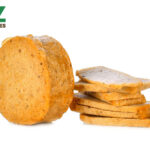
Chả Chiên
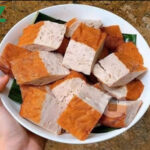
Chả Quế
Chả Lụa: Ingredients and Preparation
Main Ingredients
Main Cooking Method
Preparation Process
Chả Lụa: A Deep Dive
Cultural Significance
Taste
Texture
Aroma
Color
Serving Style
Serving Temperature
Accompaniment
Occasions
Seasons
Special Diets
Calories
Popularity
Popular Similar Dishes
- Lap Cheong
- Embutido
- Mortadella
- Chinese Sausage
Popular Dining Area
Chả lụa (in the Southern dialect) or giò lụa (in the Northern dialect) is a beloved Vietnamese sausage made from lean pork and wrapped in banana leaves.
To make chả lụa, locals pound the pork into a paste and add seasonings like fish sauce, pepper, salt, and sugar to turn it into a raw sausage mixture (known as “giò sống” in Vietnamese).
The mixture is tightly wrapped in banana leaves and formed into a roll of chả lụa, then brought to a boil or steamed.
If the wrapping isn’t tight enough, water will seep in, which will spoil the sausage if kept at room temperature.
Once correctly prepared, chả lụa can last about one week at room temperature or up to 4 weeks in the fridge.
Chả lụa, when fried, is referred to as chả chiên. In general, it is a versatile component in various Vietnamese dishes. Chả lụa is commonly sliced and served with bánh cuốn, bún riêu, bánh mì, xôi, and more.
In the reading, you can expand your knowledge about other variants of chả lụa, the pluses and minuses of consuming it, other frequently asked questions, and its similar dishes. Read on to learn more!
Key Points
Chả Lụa Images
What Are Variations of Chả Lụa?
Here are four popular variants of chả lụa that you can easily find in Vietnam.
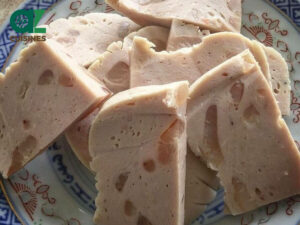
Chả Bì
Contains shredded pork skin and other chả lụa’s ingredients; steamed.
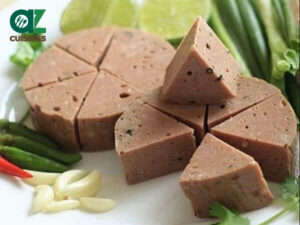
Chả Bò
Made with beef.
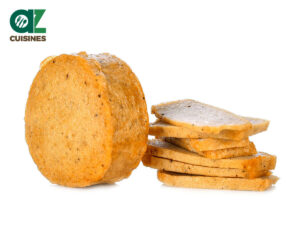
Chả Chiên
The entire sausage is deep-fried; without the banana leaf wrap.
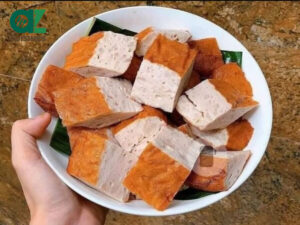
Chả Quế
Sausage seasoned with powdered cinnamon, then fried.
In the next part, let’s check out other Vietnamese dishes that are typically served with chả lụa.
What Are Some Common Pairings for Chả Lụa?
Below are some great examples that can complement chả lụa excellently.

Bánh Cuốn
Thin, steamed rice flour rolls filled with minced pork and wood ear mushrooms, often served with fried shallots and a dipping sauce.

Bánh Ướt
Thicker, steamed rice sheets often served with Vietnamese pork sausage, fried shallots, herbs, and sauce; similar to Bánh cuốn but without the filling.
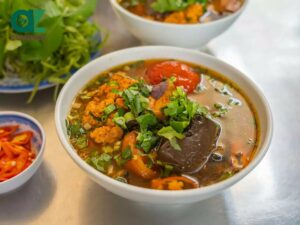
Bún Riêu Cua
Rice vermicelli soup with a tomato broth and crab-based toppings, seasoned with shrimp paste.
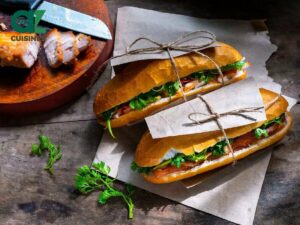
Bánh Mì
French-influenced baguette filled with various ingredients, commonly including meats, Vietnamese sausage, vegetables, herbs, and condiments.
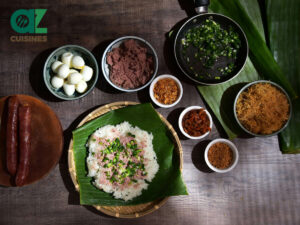
Xôi
A sticky rice dish that can be enjoyed as a sweet or savory treat with various toppings.

Giò Thủ
Includes pork head parts, stir-fried with wood ear mushrooms, wrapped, and pressed in leaves.
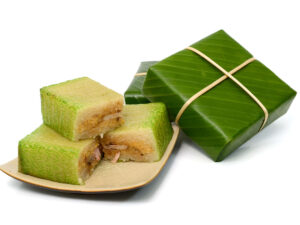
Bánh Chưng
Glutinous rice cake with pork filling, wrapped in banana leaves with a square shape; traditionally made for the Vietnamese New Year
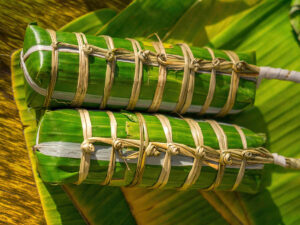
Bánh Tét
A rice cake made with glutinous rice and filling can be meaty or vegetarian, wrapped in banana leaf; has a cylindrical shape; normally made for the Vietnamese New Year
In the next section, let’s check the good and bad sides of chả lụa.
Pros and Cons of Eating Chả Lụa
Here, you’ll explore the benefits and drawbacks of consuming chả lụa through the following comparative table.
Pros
Cons
After considering the advantages and disadvantages, don’t miss out on some frequently asked questions to gain more insights into this Vietnamese pork roll.



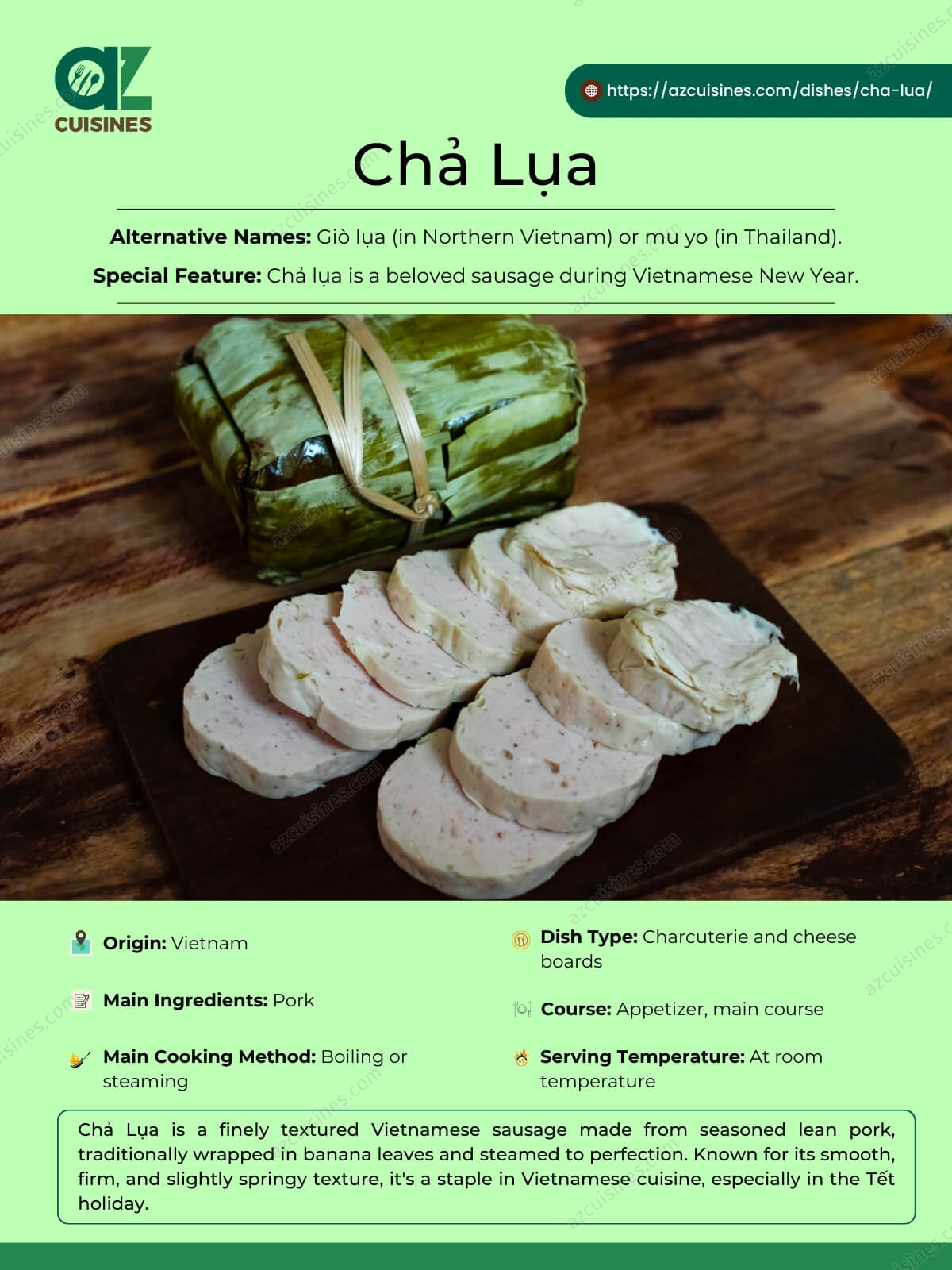
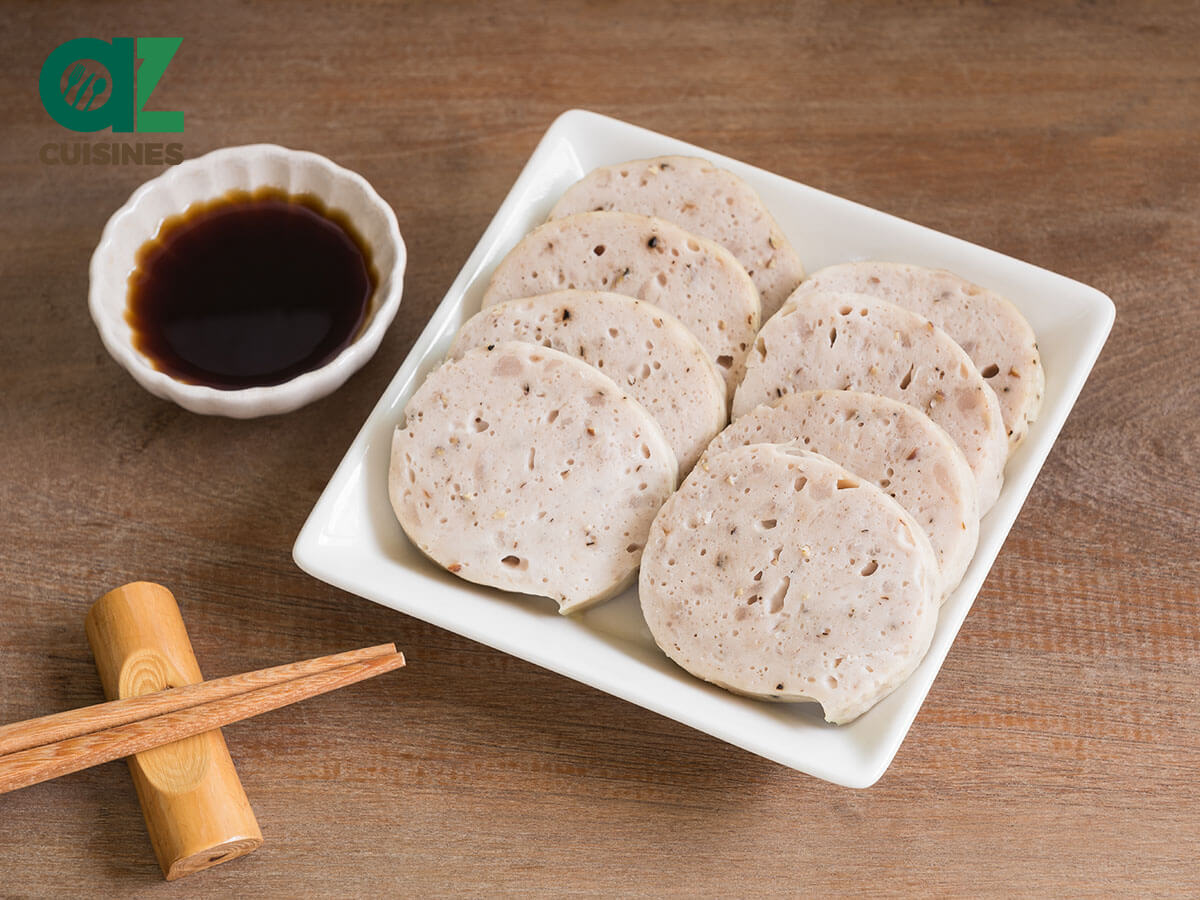
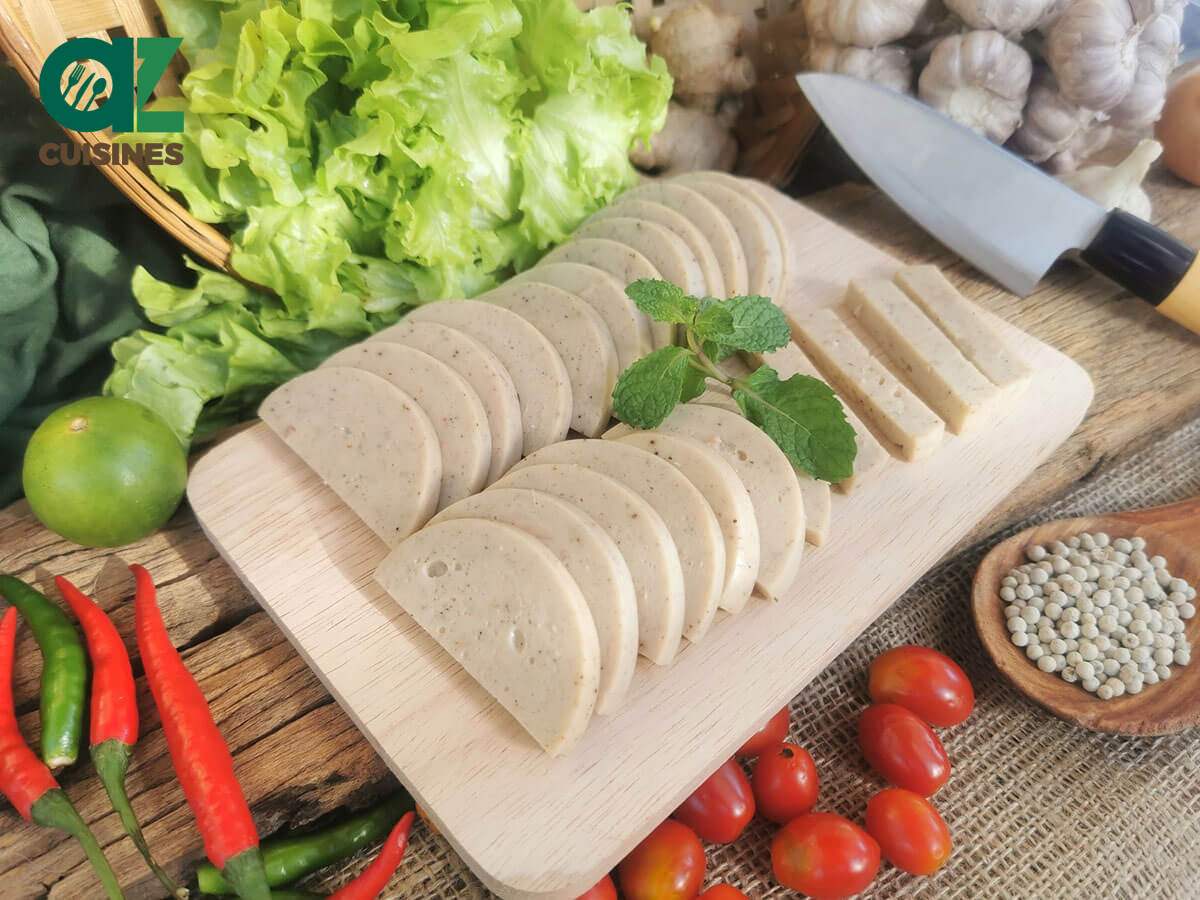
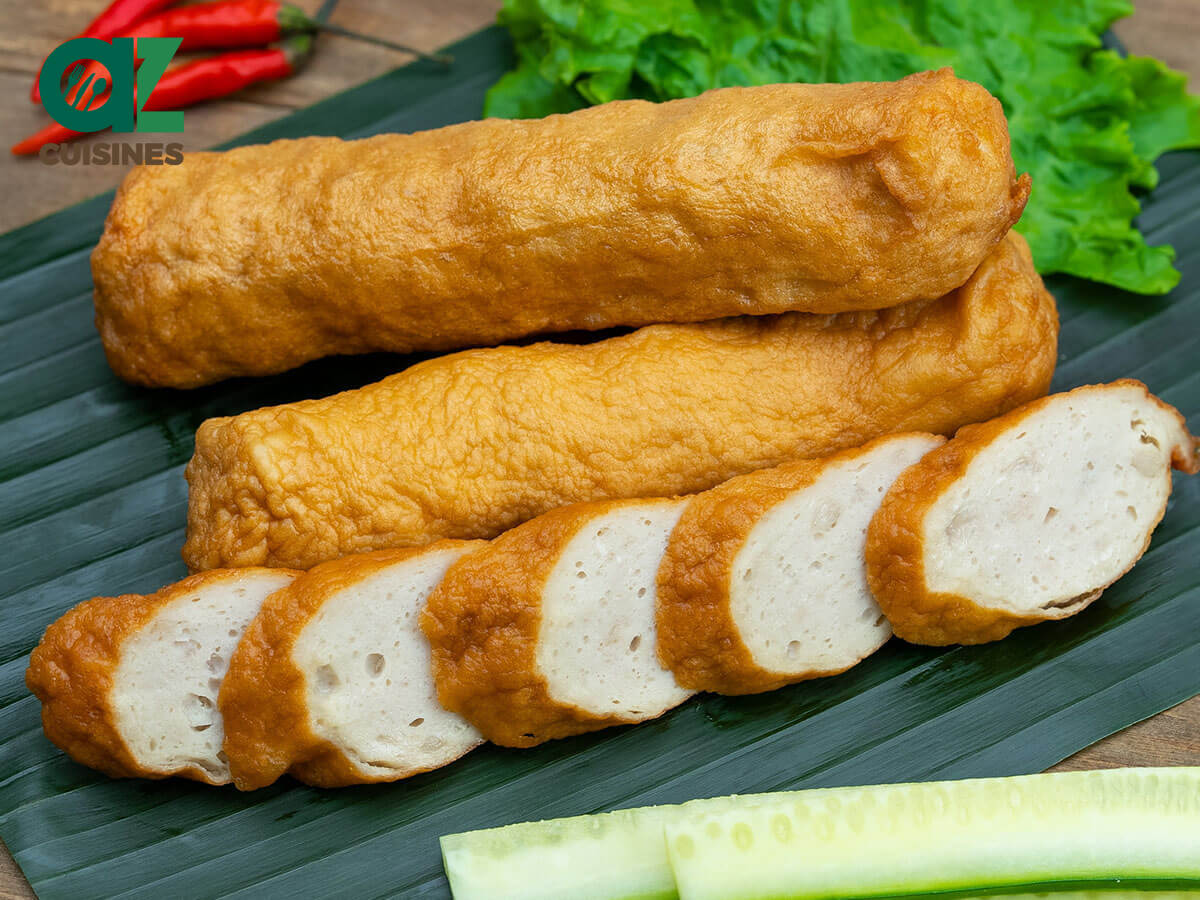
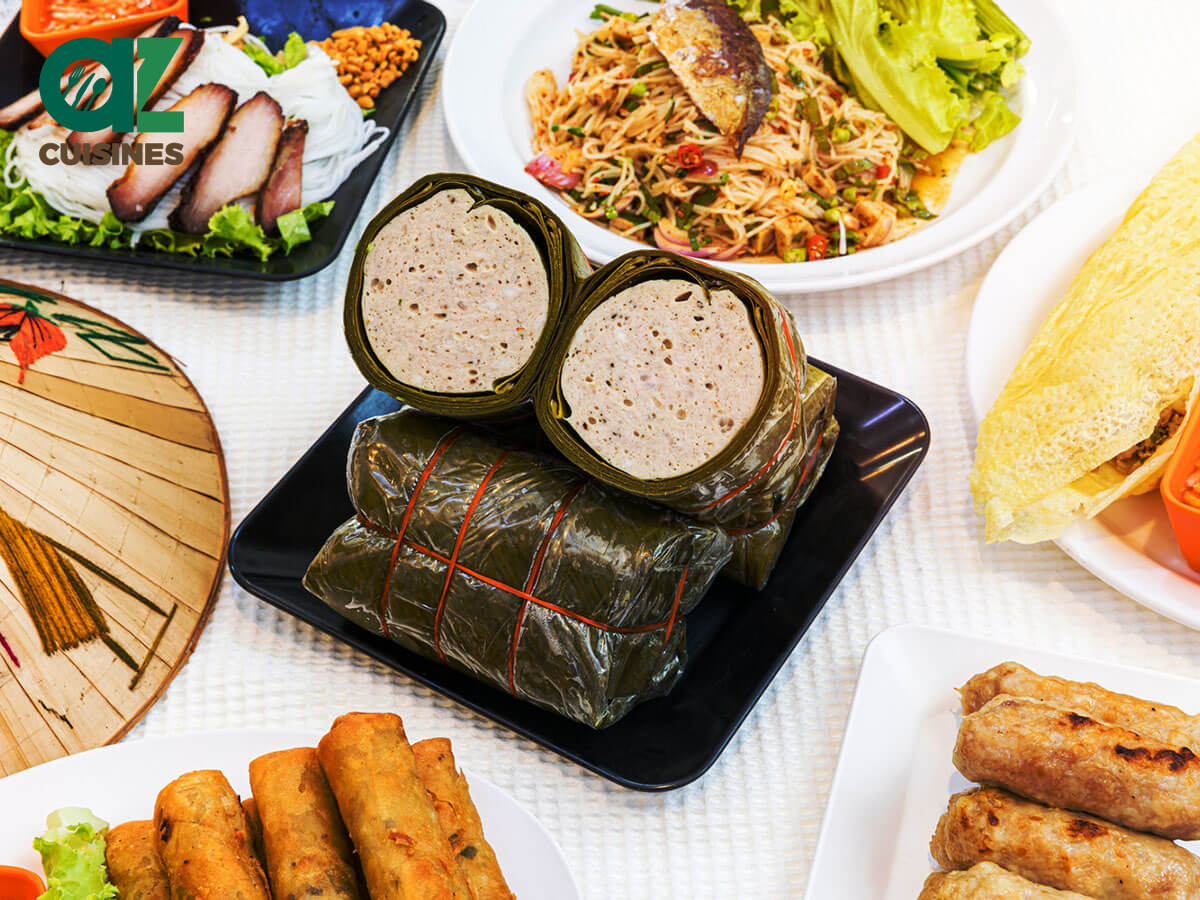


Truc Tran (Kris)
Senior Food Editor
Expertise
Home Cooking, Meal Planning, Recipe Development, Baking and Pastry, Food Editor, Cooking-video Maker, Vietnamese Food Evaluation Expert
Education
Truc Tran (Kris), an experienced food writer and editor, is great at exploring and describing global cuisines, from simple street food to fancy dining. In her writing, she skillfully mixes different flavors, cooking methods, and culinary traditions, showing the unique character of various cultures through their food and drinks. On azcuisines.com, Kris highlights her knowledge, especially in Asian cuisine and worldwide traditional dishes.